This is part two in our post about the Manischewitz factory tour. Part one is a tour of the Manischewitz matzah production.
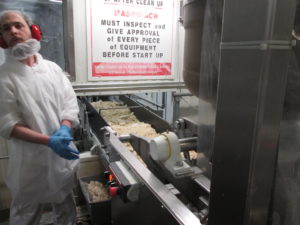
**UPDATE – it appears this Manischewitz Newark factory is closing. We’ll update the post if we get additional tour information.**
The Manischewitz factory has four main production lines:
-Matzah baking (where they also make Tam Tam crackers and the “crush” products like farfel, matzah meal and cake meal)
-Cookie baking (macaroons, mundel bread, etc.)
-Dry line (soup mixes, latke mix, canister products – they have 5 production lines for this)
-Wet line (gefilte fish – many brands, chicken stock, soups)
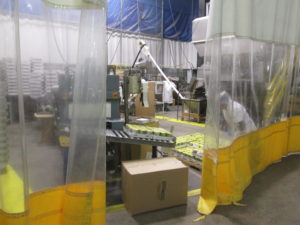
We got to see them packing instant soup, behind a plastic curtain because it’s not kosher for Passover.
[ad name=”Google Adsense”]
They were very busy boxing up homestyle potato latke mix at the Manischewitz factory while we were there. We didn’t see them drying out the potatoes, which apparently they do there too (they showed us the machine). Instead we saw them taking the dry ingredients from big buckets and packaging it into envelopes and then boxes.
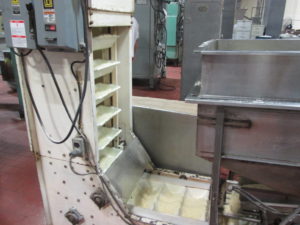
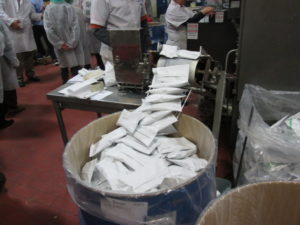
The Bakery Line
We unfortunately missed the bakery line, which produces cookies about six months of the year. They had finished their production a few weeks earlier, which is a bummer considering you can eat them fresh off the conveyor belt when it’s running. Then again, I’m not a macaroon fan, but the idea of eating it that way is appealing.
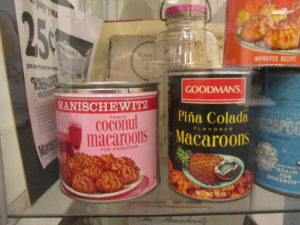
Warehouse area
In the warehouse area, we walked by huge buckets of minestrone soup mix. It was very tempting to just take a handful. But the bags were sealed so that wasn’t even an option.
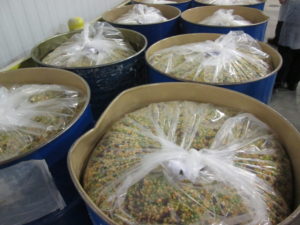
We learned about the wet line as well. They were making chicken stock while we were there, and while we didn’t see it, we could smell it. It didn’t smell very good, all those boiling bones.
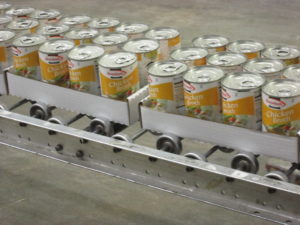
They were getting ready to make gefilte fish. They own several other brands, including Rokeach and Mrs. Adler’s, so depending on what recipe you like, they probably make it. They get their fish from the Great Lakes, and use combinations of pike, carp, cisco and I missed the other two. Some of the fish arrives in fillets, but mostly it’s been harvested, processed, minced and then frozen. The fish used to arrive live on trains, but that doesn’t happen anymore.

Our tour guide Mike Schrob, the director of planning and logistics, told us that there’s very little difference in taste between using fresh or frozen fish, and using fillet versus minced. It all gets mashed up anyway. They’ve done taste tests. It doesn’t matter much what combinations you use either, unless you just use cisco alone, as that tastes fishier. Otherwise, it just matters how much salt, pepper, dried garlic and onion is used in the recipe. So there you go.
[ad name=”Google Adsense-1″]
After packaging, the wet line products have to sit in the warehouse for 10 days, so they can test for microbes.
This factory makes more than 400 products (but not the wine). The wet and dry lines run the whole year, and the matzah products are made for 10 months. This is the global headquarters and the only factory.
All this is thanks to Rabbi Manischewitz.
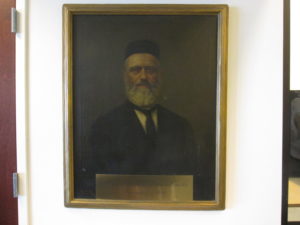
If you go:
The Manischewitz factory books group tours, which take about 90 minutes.

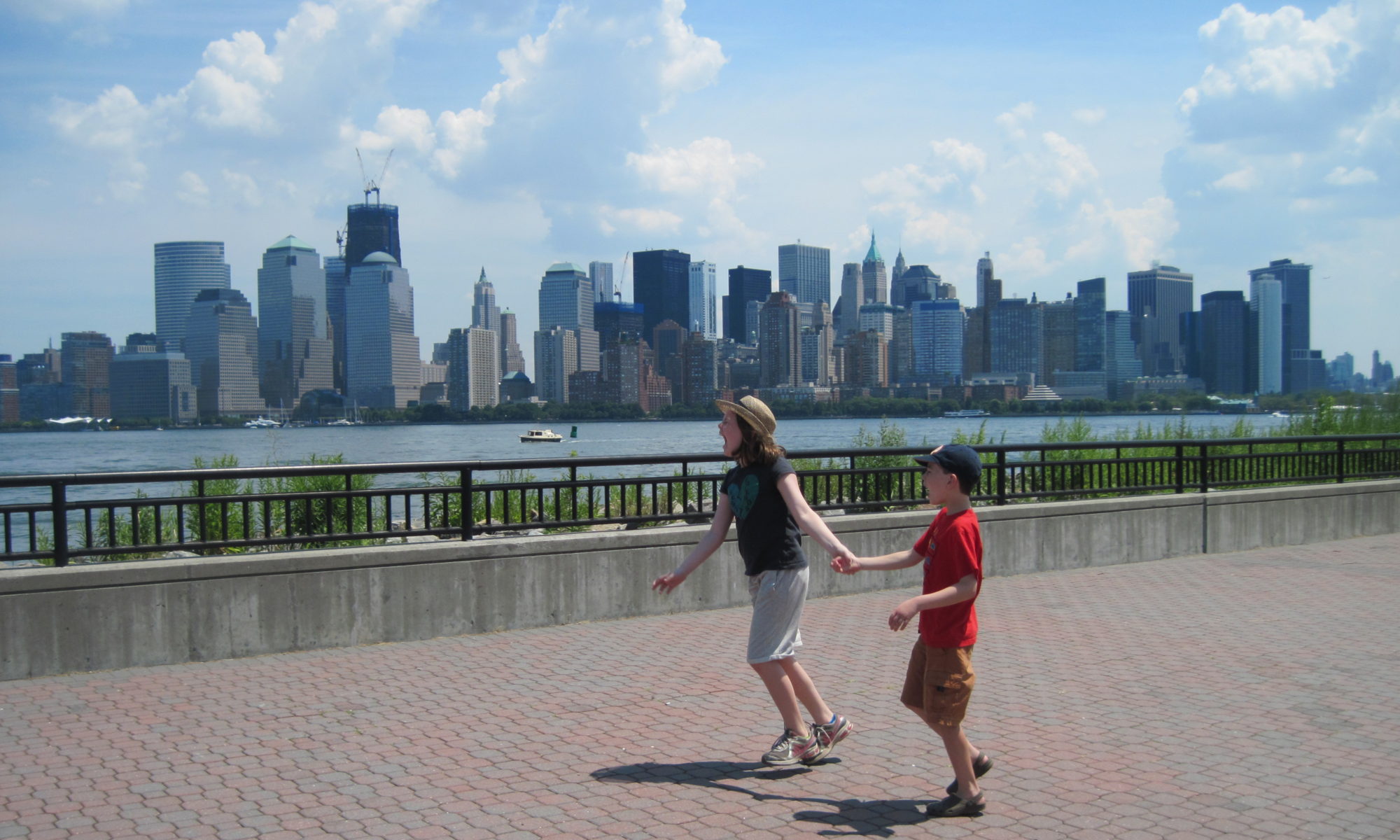

One Reply to “Touring the Manischewitz Factory Part 2”
Comments are closed.